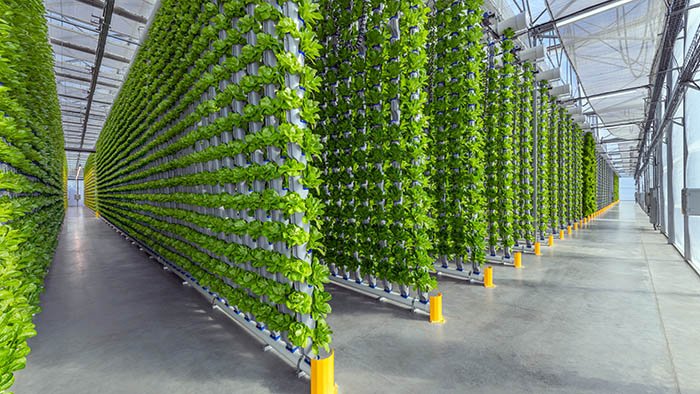Urban populations are forecast to swell to 70% of humanity by 2050, straining land, water, and supply chains. Vertical farming—growing crops in stacked layers within controlled environments—promises to counteract these pressures by bringing fresh produce literally to people’s doorsteps. In the sections that follow, we’ll examine why vertical farming matters, the cutting‑edge technologies driving it forward, the hurdles it must overcome, and how it may integrate into future cities.
Why Vertical Farming Matters
-
Year‑Round, Local Production
By cultivating plants indoors under LED lighting, vertical farms break free from seasonality and weather variability. This means lettuce, herbs, and berries can be harvested every week of the year right in the heart of the city APX Construction Group. -
Dramatic Land and Water Savings
Vertical systems can yield 10–20 times more per acre than traditional open‑field agriculture, using up to 95% less water through closed‑loop recirculation of nutrient solutions ARS. -
Reduced Food Miles and Waste
Growing produce in urban warehouses or repurposed buildings slashes transportation emissions and spoilage. Some pilot projects report cutting supply‑chain times from harvest to plate to under 24 hours. -
Climate Resilience
Enclosed farms are impervious to droughts, floods, pests, and temperature extremes. As climate change makes outdoor growing riskier, vertical farms offer a stable alternative FoodNavigator.com.
